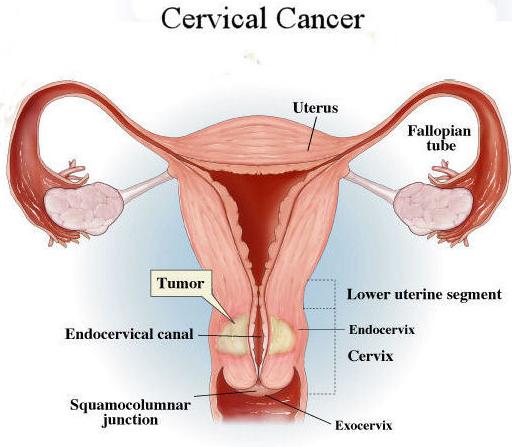
WHO has launched new guidance to help prevent and control cervical cancer. The new journal entitled ‘Comprehensive cervical cancer control : A guide to essential practice ‘ has been revealed at the World Cancer Leaders’ Summit in Melbourne, Australia on 3 December 2014.
Guidance to prevent and control cervical cancer

Vaccinate 9-13 year old girls with two doses of HPV vaccine
– This vaccine to prevent Human papilomavirus(HPV) infect the woman as the virus related for most cases of cervical cancer. Today, more than 55 countries using this routine administration of HPV vaccine. Before this, 3-dose of HPV has been used and now, the 2-dose schedule is as effective of 3-dose.
HPV test to screen women
– It is a must for women to do HPV testing. Women only need to screen for at least 5 years but should be rescreened within 10 years.
|Fewer Young Women Complete HPV Vaccine |
Communicate more widely
– Communicate with wider audience is important to reach women throughout their lives. Many women have no access to health services for prevention, curative treatment or palliative care.
Addressing inequities
– Rural and poorer women living in developed countries are at increased risk of invasive cervical cancer. It is important to address gender discrimination and other inequities in relation to range of other social factors.
The new WHO guidance also known as the ‘Pink Book’ underlines recent development in technology and strategy for improving women’s access to health services especially to prevent and control cervical cancer.
The guidance identifies such as :-
– Primary prevention : HPV vaccination targets girls aged 9-13 years before they become sexually active.
– Secondary prevention : Women over 30 years of age need to have access to technology such as VIA (visual inspection of the cervix with acetic acid) or HPV testing for screening.
– Tertiary prevention : Access to cancer treatment and management for women including chemotherapy, surgery and radiotherapy.
– When curative treatment is no longer an option, access to palliative care is crucial.
The guidelines also show how cervical prevention and control can be integrated into existing health care delivery systems, including for familyy planning, postpartum care and HIV/AIDS.
Reference :- World Health Organization

Leave a Reply